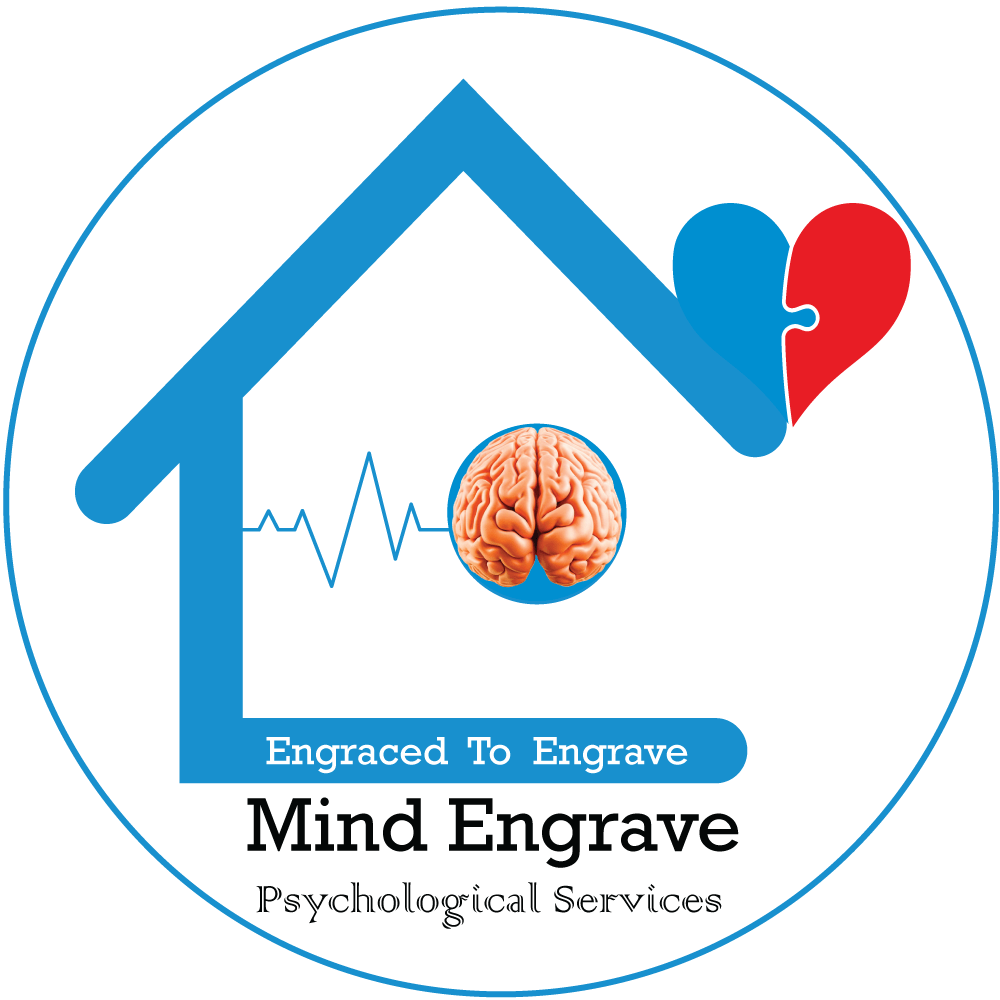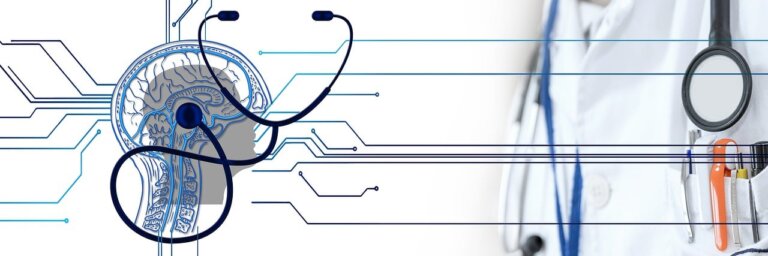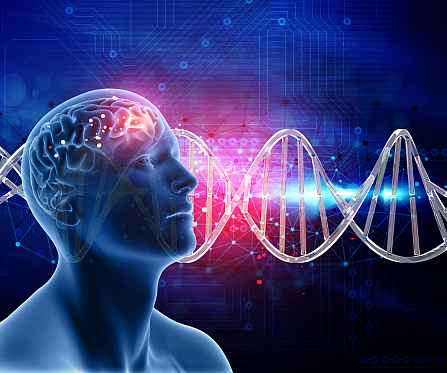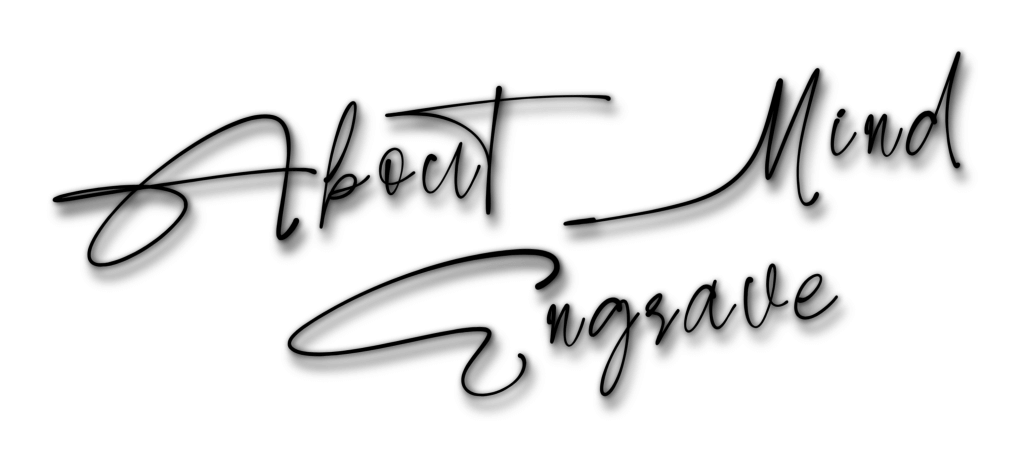Normal Anxiety Or A Disorder?
Detecting accurately the boundary of normality and abnormality is crucial to mental health precision. Anxiety and anxiety disorder are two different thing. Occasional anxiety is a normal part of life in contemporary society as everyone feels anxious as occasioned by everyday appropriate and reasonable situations such as encountering a problem at work, test taking situation, or having to take crucial decision. In essence, anxiety is a normal emotion, meaning that if you didn’t feel any anxiety in response to everyday challenges, something would be wrong.
Anxiety disorders span beyond mild or temporary worry or fear which define normal anxiety. They are distinguished from normal anxiety based on the following reasons:
- They are more intense.
- They lasts longer.
- They leads to phobias that interfere with global functioning.
Disorder of anxiety cause overwhelming and disabling distress thereby preventing individual from carrying out normal daily life activities. In fact, they do not go away and can get worse with time, interfering with daily activities such as relationships, job performance, and academic activities.
These disorders often involve repeated episodes of sudden feelings of intense anxiety and fear or terror that reach a peak within minutes (panic attacks). These feelings interfere with daily activities, are difficult to control, are out of proportion to the actual danger and can last a long time. To prevent these feelings, Sufferer may avoid places or situations.
Symptoms may start during childhood or the teen years and continue into adulthood. Oftentimes, anxiety emanates from a medical condition that needs treatment. Anxiety disorder is an umbrella term that connotes different disorders among which are Generalized Anxiety Disorder (GAD), Social Anxiety Disorder otherwise known as social phobia (SAD), Specific Phobias and Separation Anxiety Disorder.
An individual can have a co-morbid of anxiety disorder. That is, individual can have more than one disorder. However, whatever forms of anxiety an individual may have, with proper treatment they can manage those feelings and get back to a normal life.
American Psychiatric Association (APA) have established the criteria for diagnosing specific anxiety disorders in a well-known diagnostic manual used by mental health professionals, Diagnostic and Statistical Manual of Mental Disorders – 5th edition (DSM–IV).








